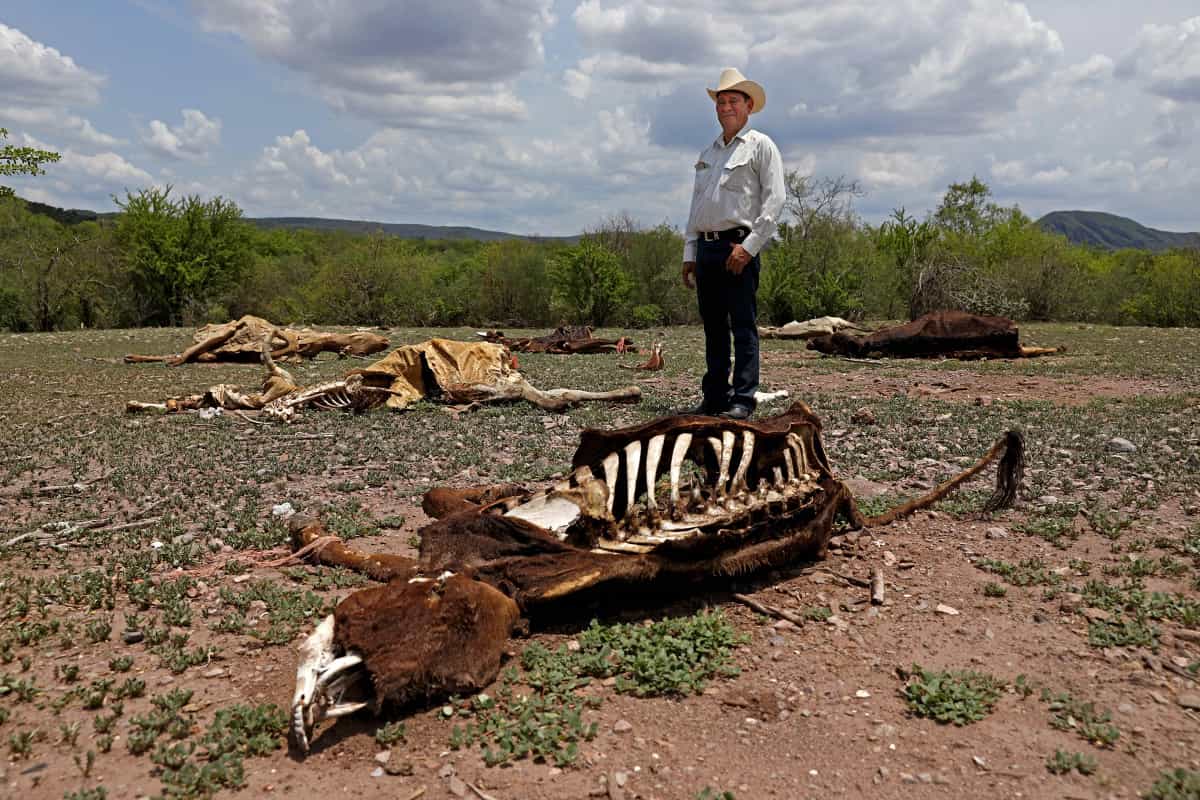Drought and Deepening of the Water Crisis in Northern Mexico
Experts in atmospheric sciences, climate change, sustainability, anthropology, and engineering explain the origin, consequences, and current situation of the water crisis. They also provide proposals to face this problem.





